The decision to publish a Catechism was taken at the Extraordinary Assembly of the Synod of Bishops that was convened by Pope John Paul II on January 25, 1985 for the 20th Anniversary of the close of the Second Vatican Council, and in 1986, the Pope put a commission composed of 12 bishops and cardinals in charge of the project. The commission was assisted by a seven member committee including diocesan bishops and experts in theology and catechesis. Their initial draft was first published in French in 1992. Later it was then translated into many other languages. In the United States, the English translation was published by the U.S. Bishops in 1994, with a note that it was “subject to revision according to the Latin typical edition (editio typica) when it is published.”
On August 15, 1997—the Solemnity of the Assumption of the Blessed Virgin Mary—Pope John Paul II promulgated the Latin typical edition, with his apostolic letter, Laetamur Magnopere: “This edition was prepared by an Interdicasterial Commission which I appointed for this purpose in 1993. Presided over by Cardinal Joseph Ratzinger, this Commission worked diligently to fulfill the mandate it received. It devoted particular attention to a study of the many suggested changes to the contents of the text, which in these years had come from around the world and from various parts of the ecclesial community.“ The Latin text, which became the official text of reference (editio typica), amended the contents of the provisional French text at a few points; including:
1992 Edition
2358 The number of men and women who have deep-seated homosexual tendencies is not negligible. They do not choose their homosexual condition; for most of them it is a trial. They must be accepted with respect, compassion, and sensitivity. Every sign of unjust discrimination in their regard should be avoided. These persons are called to fulfill God’s will in their lives and, if they are Christians, to unite to the sacrifice of the Lord’s Cross the difficulties they may encounter from their condition.
1997 Edition
2358 The number of men and women who have deep-seated homosexual tendencies is not negligible. This inclination, which is objectively disordered, constitutes for most of them a trial. They must be accepted with respect, compassion, and sensitivity. Every sign of unjust discrimination in their regard should be avoided. These persons are called to fulfill God’s will in their lives and, if they are Christians, to unite to the sacrifice of the Lord’s Cross the difficulties they may encounter from their condition.
At first glace, the changes made might seem slight, but, in fact, they are incredibly significant and have become revolutionary in their import. The most essential modification was the removing of the statement: “They do not choose their homosexual condition…” On a personal level, from someone who did escape a self-imposed imprisonment within the gay identification, the 1992 Edition comes very close to promulgating the unsubstantiated “born this way” theory of homosexual origins. If that phrase would have been allowed to stand, countless men and women in the present, and far into the future, could have felt locked into a homosexual identity. Because, if you have no choice in your capitulation to a gay sexual orientation, then that identity is indelible, it is set, and you are powerless before it. In fact, that is not the case. In his “Letter to the Bishops of the Catholic Church on the Pastoral Care of Homosexual Persons,” from 1986, Cardinal Ratzinger wrote: “Although the particular inclination of the homosexual person is not a sin, it is a more or less strong tendency ordered to an intrinsic moral evil, and thus the inclination itself must be seen as an objective disorder.” His words are almost identical to what would later be included in the 1997 Edition of the Catechism. And, instead of anchoring those with homosexual tendencies to an imaginary orientation, Cardinal Ratzinger rightly classified homosexuality as a mental condition that is indeed “disordered.” And, herein rests the hope of renewal and ultimate salvation. Because, the homosexual inclination is not something that we were born with, or infected with, or incurably burdened with, therefore: the orientation can be treated. This does not necessarily mean that a man with same-sex attraction will become a heterosexual, but that the individual root causes of homosexuality can be excavated and revealed, and then exposed to the healing light of Christ. For, homosexuality neither follows Scriptural, traditional, nor natural law. But, there is no shame in this realization. Because, then you know that it is not something ingrained within your DNA; or resting in every cell of your body. It’s simply a manifestation of the fallen world. When you understand that you were hurt, abused, or neglected: you can learn to heal, forgive, and love. And, for this very reason, the gay lobby is currently trying to outlaw reparative therapy for minors, and eventually, will attempt to have the entire practice legally labeled as a sort of quack-science. They want us goose-stepping and chained to a sexual dysfunction; a political cause; inevitably to a wound. The Lord wants us freed from our insecurities, physical and material longings, and helpless quest in search of earthly peace. He offers us a lasting hope of happiness and an everlasting route of deliverance.
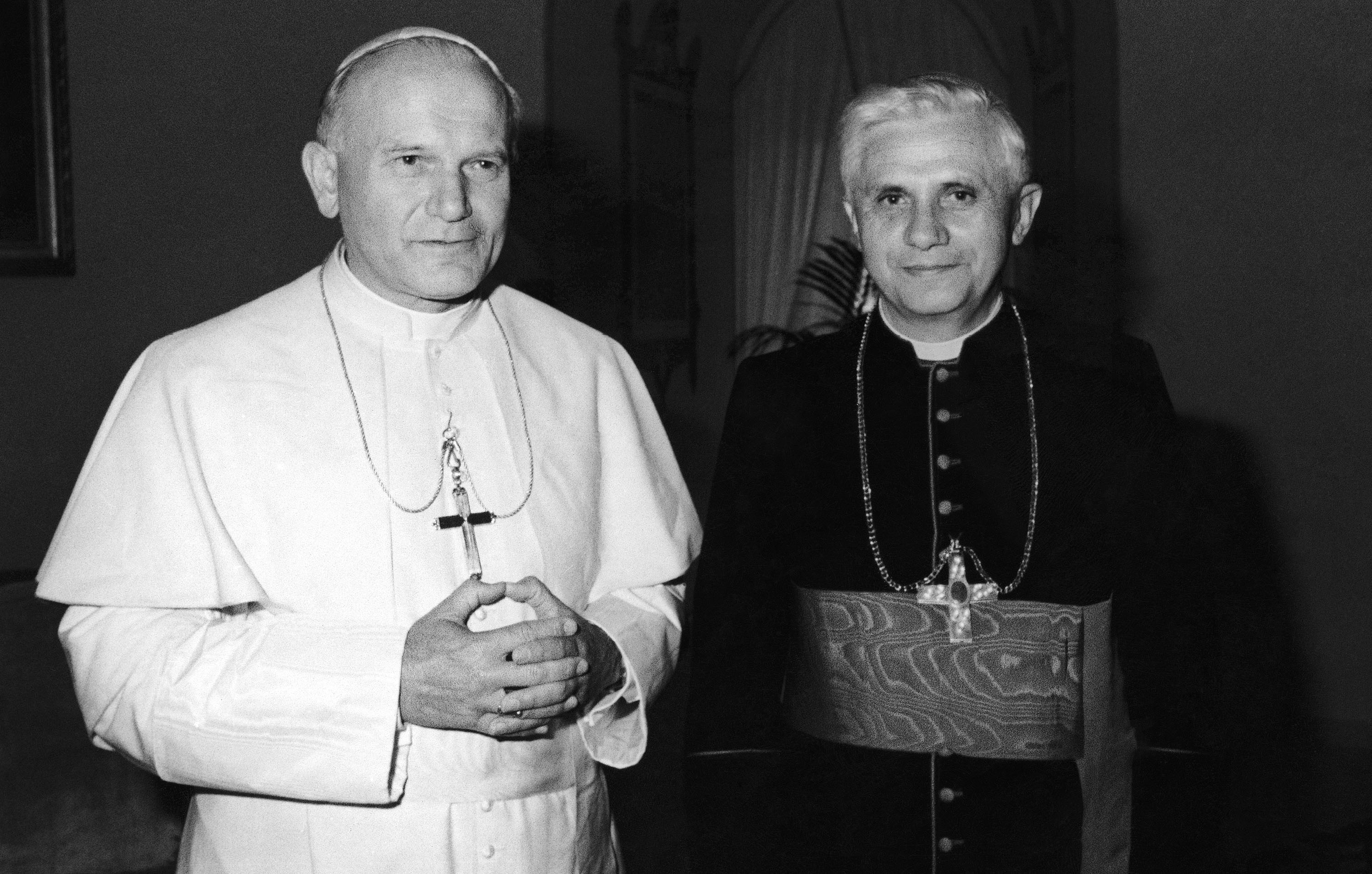
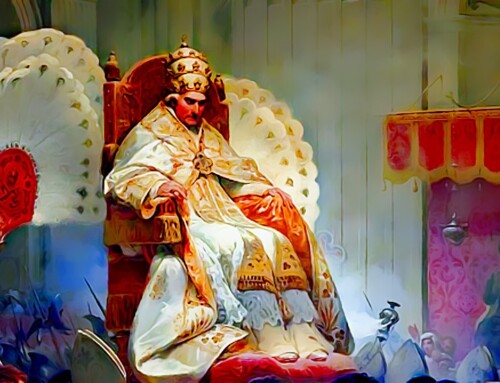
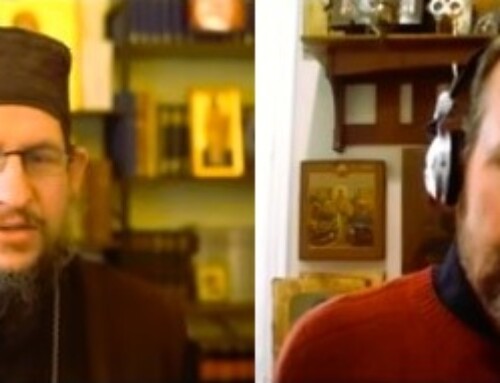
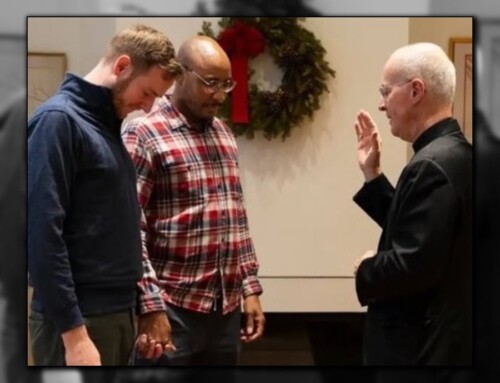
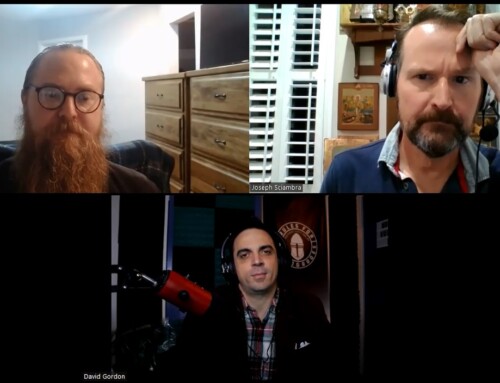
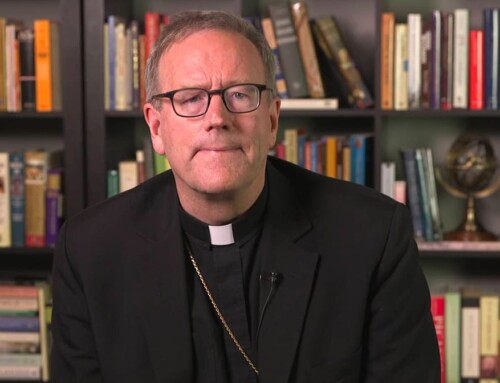
Thank you for this article – excellent work! Monor note: There was a typo in my favorite quote (“engrained” should be ingrained). God bless you!
Preach! T. W.
Thank you! This is truly enlightening